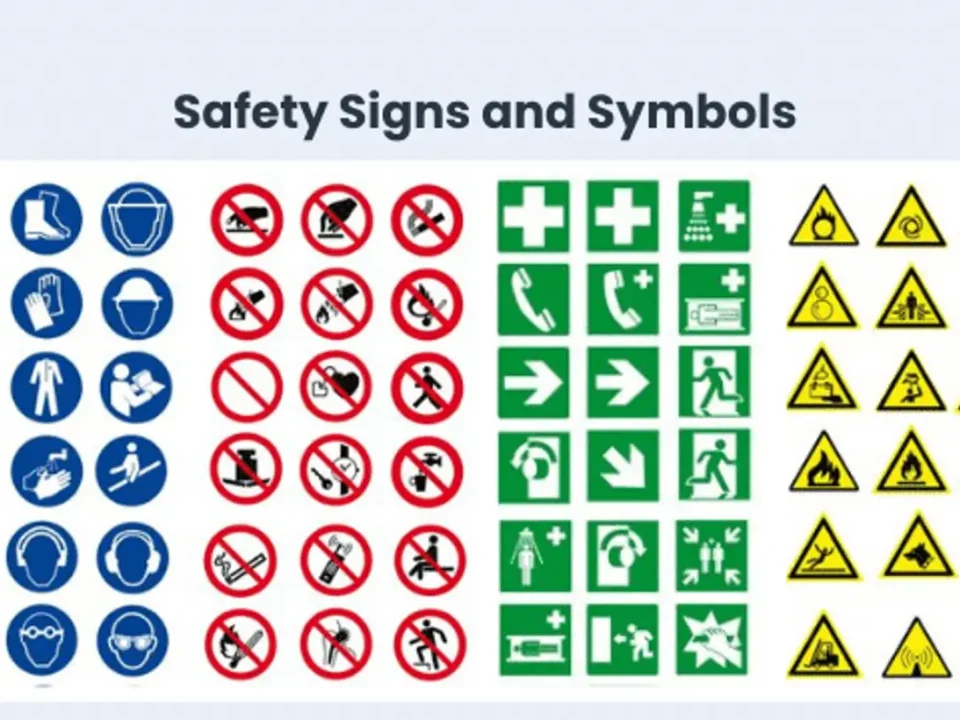Safety Training System Audit: Ensuring Compliance with Electrical Code, Equipment Grounding, and Safe Work Practices

Hazardous Area Classification Training
January 13, 2025
Safety Integrity Level Assessment Training
January 14, 2025Safety within the workplace is paramount, especially when dealing with electrical systems. Employers have a responsibility to ensure that their employees are adequately trained and that their working environment adheres to electrical code regulations. This article delves into the importance of safety training systems, the significance of compliance with electrical codes, and the process of conducting a thorough safety audit to verify adherence to these standards.
Introduction
Importance of Safety Training Systems
Safety training systems are designed to equip employees with the knowledge and skills necessary to identify potential hazards and mitigate risks effectively. By investing in comprehensive safety training, employers can significantly reduce the likelihood of workplace accidents and injuries.
Overview of Electrical Code Compliance
Electrical code compliance refers to adhering to the regulations and standards set forth by governing bodies such as the National Electrical Code (NEC). These codes outline requirements for the installation, operation, and maintenance of electrical systems to ensure safety and prevent electrical hazards.
Understanding Safety Training Systems
Definition and Purpose
A safety training system encompasses various educational initiatives and resources aimed at promoting a culture of safety within an organization. Its primary purpose is to educate employees on best practices for hazard recognition, risk assessment, and accident prevention.
Key Components of Safety Training Systems
Training Modules
Safety training modules cover a wide range of topics, including electrical safety procedures, hazard identification, emergency response protocols, and proper use of personal protective equipment (PPE).
Assessments and Certification
After completing training modules, employees may be required to undergo assessments to evaluate their understanding of the material. Successful completion of these assessments may result in certification, indicating proficiency in safety protocols.
Monitoring and Reporting
Continuous monitoring of employee performance and adherence to safety protocols is essential for identifying areas that require improvement. Additionally, robust reporting mechanisms allow for the documentation of safety incidents and near misses, enabling proactive risk management.
The Role of Electrical Code Compliance
Significance in Workplace Safety
Electrical code compliance is critical for maintaining a safe working environment, as it ensures that electrical systems are installed and maintained correctly to prevent fires, electric shocks, and other hazards.
Understanding Electrical Code Regulations
Electrical codes establish requirements for the design, installation, and operation of electrical systems, covering aspects such as wiring methods, equipment grounding, overcurrent protection, and safe work practices.
Conducting a Safety Training System Audit
Preparing for the Audit
Before conducting a safety training system audit, employers should familiarize themselves with relevant regulatory requirements and internal safety policies. They should also ensure that all necessary documentation and records are readily accessible.
Audit Process Overview
Inspection of Training Modules
During the audit, inspectors will review the content and delivery of safety training modules to assess their comprehensiveness and effectiveness. They will evaluate whether the material adequately addresses potential hazards specific to the workplace.
Evaluation of Assessments and Certifications
Inspectors will examine the procedures for administering assessments and issuing certifications to ensure they align with established standards. They will verify that assessments accurately measure employees’ knowledge and competency in safety practices.
Review of Monitoring and Reporting Practices
Inspectors will scrutinize the organization’s processes for monitoring employee performance and reporting safety incidents. They will assess the thoroughness of incident investigations and the effectiveness of corrective actions implemented.
Verifying Compliance with Electrical Code
Inspection of Equipment Grounding
Inspectors will inspect electrical equipment to verify proper grounding, which is essential for preventing electrical shock and fire hazards. They will ensure that equipment is grounded according to established code requirements and manufacturer specifications.
Ensuring Safe Work Practices
Inspectors will observe employees’ adherence to safe work practices, such as using lockout/tagout procedures, wearing appropriate PPE, and following established safety protocols when working with electrical systems.
Identifying Potential Hazards
Inspectors will identify and assess potential electrical hazards in the workplace, such as exposed wiring, overloaded circuits, inadequate insulation, and improper storage of flammable materials. They will recommend corrective actions to mitigate these hazards.
Benefits of a Thorough Audit
Improved Workplace Safety
A thorough safety audit can identify areas for improvement and corrective actions, ultimately leading to a safer work environment for employees.
Compliance with Regulatory Standards
By ensuring adherence to electrical code regulations and safety training requirements, organizations can avoid costly fines and penalties associated with non-compliance.
Reduction of Liability Risks
Implementing proactive safety measures and addressing potential hazards can mitigate the risk of workplace accidents and injuries, reducing liability exposure for employers.
Challenges and Solutions
Addressing Common Compliance Issues
Common compliance issues, such as inadequate training, lack of documentation, and failure to follow safety protocols, can be addressed through targeted corrective actions and ongoing employee education initiatives.
Implementing Corrective Actions
Effective corrective actions may include updating training modules, enhancing monitoring and reporting procedures, and investing in necessary equipment upgrades to ensure compliance with electrical code regulations.
Conclusion
In conclusion, conducting a safety training system audit is essential for verifying compliance with electrical code regulations, equipment grounding requirements, and safe work practices. By investing in comprehensive safety training and conducting regular audits, organizations can prioritize employee safety, mitigate risks, and ensure compliance with regulatory standards.




